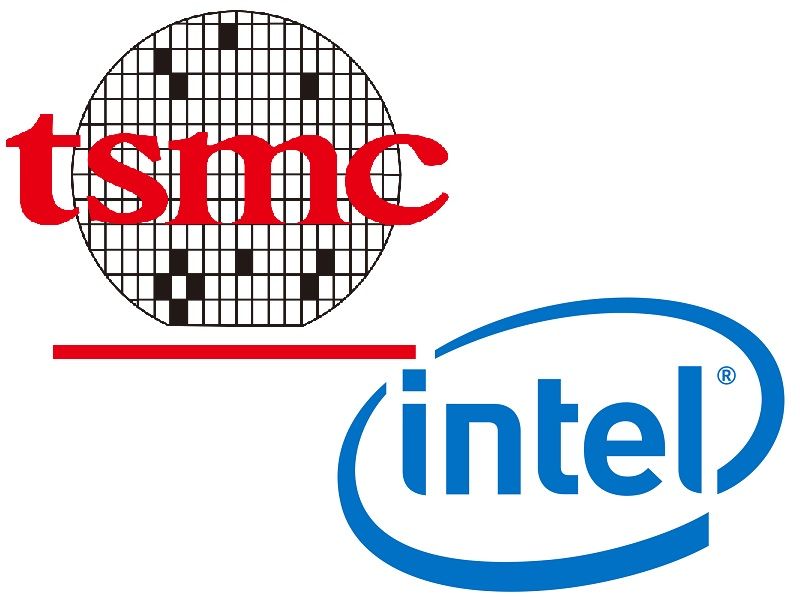Intel Xe-HPG is expected to ship in 2021 with outsourced production capacity, and TSMC is expected to receive orders for the 6nm wafer foundry.
Intel’s Xe-HPG microarchitecture graphics processor is designed for mid- to high-end consumer and gaming applications. It combines the good performance/power elements of Xe-LP with the economies of scale of Xe-HP to increase the configuration and optimal computing frequency of Xe-HPC.
The first graphics cards based on the Intel Xe architecture will be on the market in several months, specifically, we will have the first dedicated GPU somewhere in 2021, while by the end of this year we will be able to see the first models with integrated CPUs. That’s why there is an increasing flow of information about their features. Today we know that Intel will use the 6nm technology of the TSMC in its dedicated Xe HPG graphics.
TSMC chips for Intel: 6nm for their Xe-HPG gaming graphics
Previously, what we knew was that Intel would rely on TSMC’s 6 nm nodes in 2021 and 3 nm nodes in 2022 for some products, rather than its own manufacturing processes. We now know that 6nm will be used in the Intel Xe-HPG series of graphics cards designed for high-performance gaming, for which the company had already officially declared that it would use an external manufacturing node.
The only thing known about this manufacturing node is that its logical density will be 18% more compared to the company’s 7nm. Let’s bear in mind that we are comparing the 6 nm (N6) with the N7 process, and when we make comparisons with the N7+ (7 nm+), the differences are much smaller. In any case, this manufacturing node has started its pilot production in Q1 2020 and should be available for mass production before the end of this year, so Intel should have no problem bringing its dedicated graphics to the market in 2021.
The information suggests that Intel has reserved a production of 180,000 wafers in this 6nm process. If we do the calculations based on 100 GPU chips per wafer from 12″, we would be talking about 20 million chips. This shows Intel’s confidence that the company will be successful in the GPU market. It also raises speculation about whether they will eventually use this method on other GPUs that should use the company’s 10nm+ or 10nm++.
According to the news, there is still information that they will also use TSMC’s 3nm node starting in 2022, so the relationship between these two companies seems to be a long-lasting one.
The atmosphere continues to heat up when it comes to Intel Xe, and expectations are not low in a market that needs the competition to get going.
